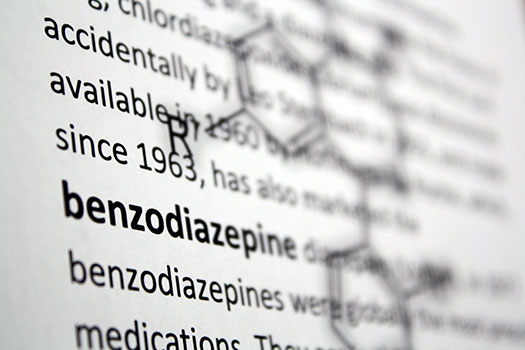Benzodiazepine Addiction
Sobriety.ca Foundation is a riverside addiction treatment facility found in beautiful rural Canada. Here, individuals struggling with an addiction to benzodiazepines have access to multiple evidence-based treatment options. Our facility provides a comprehensive rehabilitation treatment plan catered towards everyone’s needs and desires. We offer the following treatment services:
- Detoxification from benzodiazepines
- Treatment for benzodiazepines in residential settings
- Interventions for benzodiazepine use
- Rehabilitation from benzodiazepines
- SMART Recovery
What are Benzodiazepines?

Benzodiazepines or “benzos” are a class of psychoactive drugs prescribed by physicians. They affect the brain by slowing down its activity. Therefore, benzos are typically given to patients experiencing anxiety disorders, insomnia, or seizures. Indeed, they are controlled in Nova Scotia and can only be prescribed by physicians. Most often, they are prescribed under the names of diazepam or lorazepam.
Benzodiazepines were first discovered in 1955 by Polish chemist, Leo Sternbach. This led to the eventual availability of benzos in medicine by the early 1960s. By the late 70s, benzos were the most prescribed drug in the world. Roughly 15-20% of the American population was using benzos during this time to treat a variety of disorders (e.g., anxiety, panic attacks, seizures.)
What is Benzodiazepine Addiction?
During the late 60s, benzodiazepines were given openly. There was little to no regard by physicians for the potential long-term consequences associated with taking the drug. Consequently, this led many patients to develop an addiction to the drug which remained over the course of many years.
Today, physicians are aware of the addictive potential of benzodiazepines. However, that does not necessarily protect individuals from developing an addiction. Like most drugs, patients can develop a tolerance to benzos. In turn, they must be treated with more of the same drug for it to remain effective. Alternatively, in a situation where someone does not encounter the drug via prescription, they must seek out of more of the drug on their own.
When the drug begins to leave the patient’s system or tolerance builds, they begin to experience withdrawal. Because benzodiazepines are typically prescribed to treat anxiety disorders, patients may experience a return of their initial anxiety. In fact, all withdrawal symptoms associated with benzodiazepines tend to be quite distressful. In turn, this reinforces behaviours to seek out more of the drug. Regardless of whether an individual takes benzodiazepines through means of prescription or through encountering it “on the streets,” they are still subject to the possibility of withdrawal and tolerance which (again) leads to drug-seeking behaviour.
Short-Term Effects and Risks
Benzodiazepines can lead to physical dependence even when dosages are monitored by physicians. An abrupt cessation in taking benzos can lead to withdrawal. The most reported side-effects of benzodiazepines are:
- Confusion
- Weakness of muscles
- Memory loss
- Constipation
- Drowsiness
- Dizziness
- Impaired coordination and/or balance
- Slurring of speech
- Delusional thoughts
- Hallucinations
- Irritability and aggressive behaviour
- Anxiety
- Euphoria
- Restlessness
- Overdose
Long-Term Effects
- Withdrawal
- Tolerance
- Overdose
- Increased risk for dementia
- Memory deficits
- Negative sensory perceptions
- Impaired processing speed
- Impaired learning abilities
- Impaired motor coordination in elderly
Pharmacology – How does it work?
Benzodiazepines augment the effects of a major inhibitory neurotransmitter in the brain called Gamma Amino Butyric Acid (GABA). In turn, this creates a greater calming or ‘inhibition’ in the brain. Benzos bind to GABA receptors throughout the brain in conjunction with already-circulating GABA in the brain. This greatly enhances the effects of GABAergic neurons. Further, experts believe that benzos also increase the likelihood that GABA molecules bind to GABAergic neurons. Albeit, this mechanism is still not entirely understood. When GABA and benzos bind simultaneously to these receptors, it causes an influx of an ion called chloride. Chloride alters the electromagnetic activity of the neuron. Consequently, this reduces the likelihood that the neuron will fire or ‘activate.’ In other words, it inhibits the activity of neurons that make up the networks in the brain involved with anxiety and arousal thereby producing calm-like or sedative effects.